Augustus Koch’s rare and monumental 1870 view of Sacramento.
Birds Eye View of the City of Sacramento State Capital of a California.
Out of stock
Description
Augustus Koch’s 1870 bird’s-eye view of Sacramento provides a detailed and accurate depiction of California’s capital during its transformation from a frontier town into a modern cityscape. It is one of the most significant depictions of the California capital ever produced.
Oriented with east at the top, the view captures the Sacramento River in the foreground and the American River in the background, with the urban sprawl of 1870 Sacramento nestled in between. This view was created just eight years after the devastating flood of 1862, which caused immense damage to the fledgling city.
Between 1868 and 1898, Koch produced 110 city views. Having transitioned from compiling maps of Iowa to capturing the growing cities of Utah, Wyoming, and California, Koch created three views of the Golden State in 1870, including this evocative vista of Sacramento. His city views are known for their high horizon lines, vertical proportions, and meticulous urban detail, offering a comprehensive and functional representation of his subjects.
A 78-item legend runs along the bottom, identifying significant landmarks within the city, including public buildings, churches, schools, factories, lumber yards, and structures associated with the burgeoning railroad industry. To fully appreciate this remarkable view, we begin with the railroads, which played a pivotal role in shaping Sacramento’s identity.
A Well-Connected Capital
Koch’s view includes three distinct rail lines, emphasizing the significant investment and effort that went into building California’s railroad infrastructure. These railroads reflect the transformative nature of this era and highlight the shifts occurring in railroad operations during this period.
The California Pacific Railroad, which originally served as Sacramento’s primary rail connection to Vallejo and San Pablo Bay, was being integrated into the Central Pacific Railroad. This merger, finalized in 1871, relegated the California Pacific Railroad to a small area near the revolving bridge (today’s I Street Bridge) crossing the Sacramento River (71).
Koch prominently features the Central Pacific Railroad, an integral part of the Transcontinental Railroad. The railroad includes a passenger depot (68), a freight depot (69), and additional facilities such as shops and a roundhouse northeast of the depots (72). Sacramento’s integration into the national railroad network solidified its role as an essential western transportation hub.
Adjacent to the Central Pacific facilities are the passenger and freight terminals of the Sacramento Valley Railroad (70), one of California’s earliest operational railroads, which connected Sacramento to Folsom along a 22-mile line.
Historical Architecture in 1870 Sacramento
While Sacramento has undergone tremendous changes since the 1870s, some elements of the city’s layout and architecture have endured. The orthogonal street grid, with lettered east-west streets and numbered north-south streets, is still recognizable today. Political and state institutions, such as the Capitol (1) and the original Court House (2), take pride of place in Koch’s view. However, at this early stage in Sacramento’s history, the Capitol is situated on the city’s eastern fringe. César Chávez Plaza (then known as City Plaza) is also visible, while the area now home to Sacramento’s iconic City Hall remains only partially developed in this depiction.
Koch’s view captures prominent landmarks and less obvious elements of Sacramento’s architectural history—the B.F. For instance, the Hastings Building (47) is shown only by its rooftop. Built in 1852, it served as the western terminus of the Pony Express and the first location of the California Supreme Court. It remains an integral part of the Old Sacramento State Historic Park today. Another notable building is the Leland Stanford Mansion, identifiable by its crenelated roofline but not labeled in the legend. Initially built in 1856, the mansion was the governor’s residence and office until 1871.
The Lady Adams Building, located at the corner of K Street and Second Street, is also included in Koch’s view. Built in 1852 by German immigrants, it is Sacramento’s oldest surviving structure, having endured fires and floods. Meanwhile, the Eagle Theatre, California’s first permanent theater, is conspicuously absent, as its original structure was destroyed in the 1850 flood.
Daily Life in 1870 Sacramento
Koch’s view offers a vivid snapshot of daily life in Sacramento in 1870. Horse-drawn streetcars run along I Street, K Street, and Front Street, connecting various parts of the city and the Central Pacific Railroad terminals. This intra-urban transportation infrastructure was only introduced in 1870, making its inclusion a testament to the view’s timeliness.
Another highlight is the activity along the Sacramento River, with detailed depictions of riverboats, transport barges, and steamers. This bustling scene underscores the crucial relationship between riverine and rail transportation in Sacramento’s development as a commercial hub.
Koch’s elevated perspective allowed him to capture the city’s layout with remarkable accuracy, giving his work a dynamic, almost lifelike quality. He provided ample space to detail the city’s proportions, scale, and features by raising the horizon to the top of the composition.
Census and publication information
Augustus Koch’s original lithographed views are highly desirable and scarce. The iconic San Francisco-based firm Britton & Rey published this view of Sacramento in 1870.
The OCLC lists only two institutional examples of this view, held by the university libraries of Yale and Berkeley (no. 227505422). We have identified a third example at the Amon Carter Museum of American Art (Accession no. 1972.178.A). Rarebookhub.com has only recorded a very small number of historical sales, with the most recent auction sale occurring in 1922.
Koch’s ability to document the growth of cities like Sacramento with such elegance and precision has made him one of his time’s most critical urban cartographers. His 1870 view of Sacramento is a testament to the city’s resilience and the enduring significance of his work.
Cartographer(s):
Augustus Koch began his career as an itinerant birds-eye view artist in California in 1870. Over the next nearly 30 years, he would criss-cross the country, creating more than 100 views of towns, large and small. His large format, highly detailed views are among the most coveted among collectors, employing a unique style which provides both physical details of the town and a map-like quality.
Condition Description
Very good. Backed on archival tissue.
References
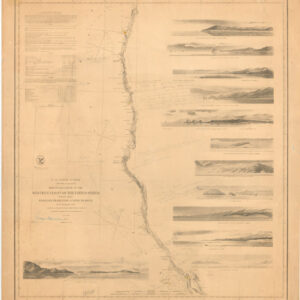
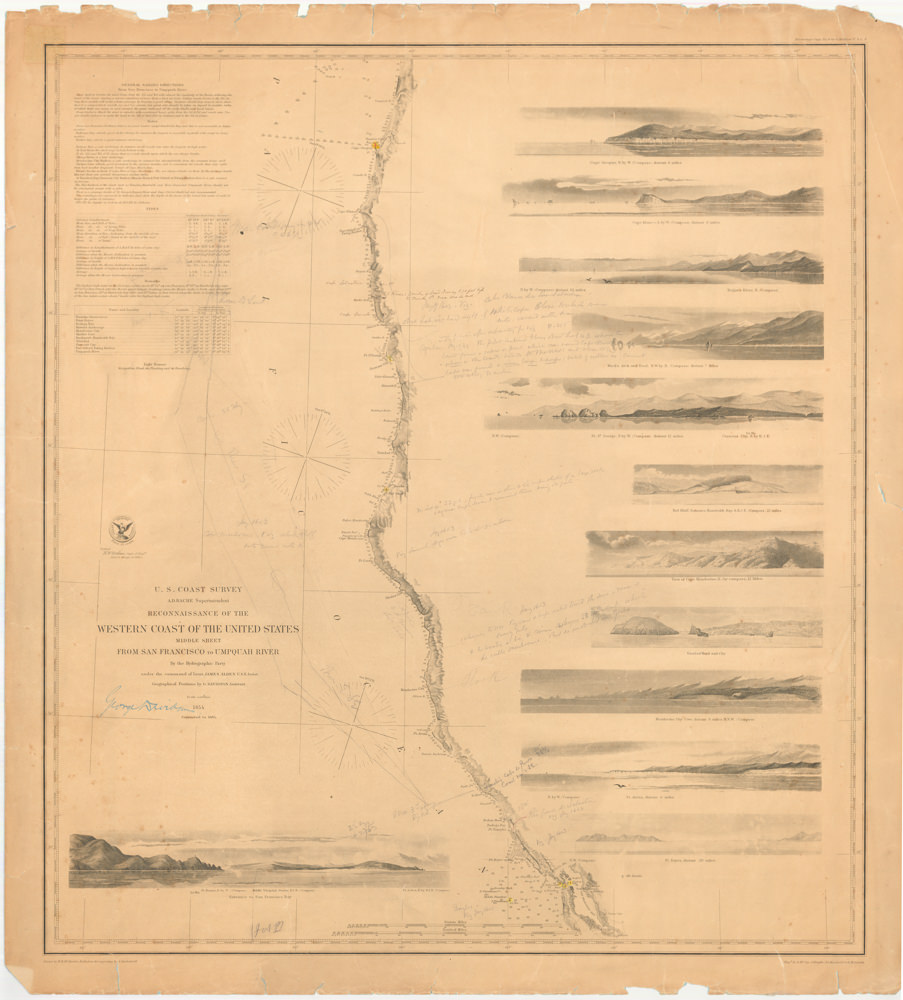
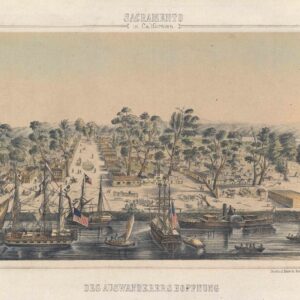
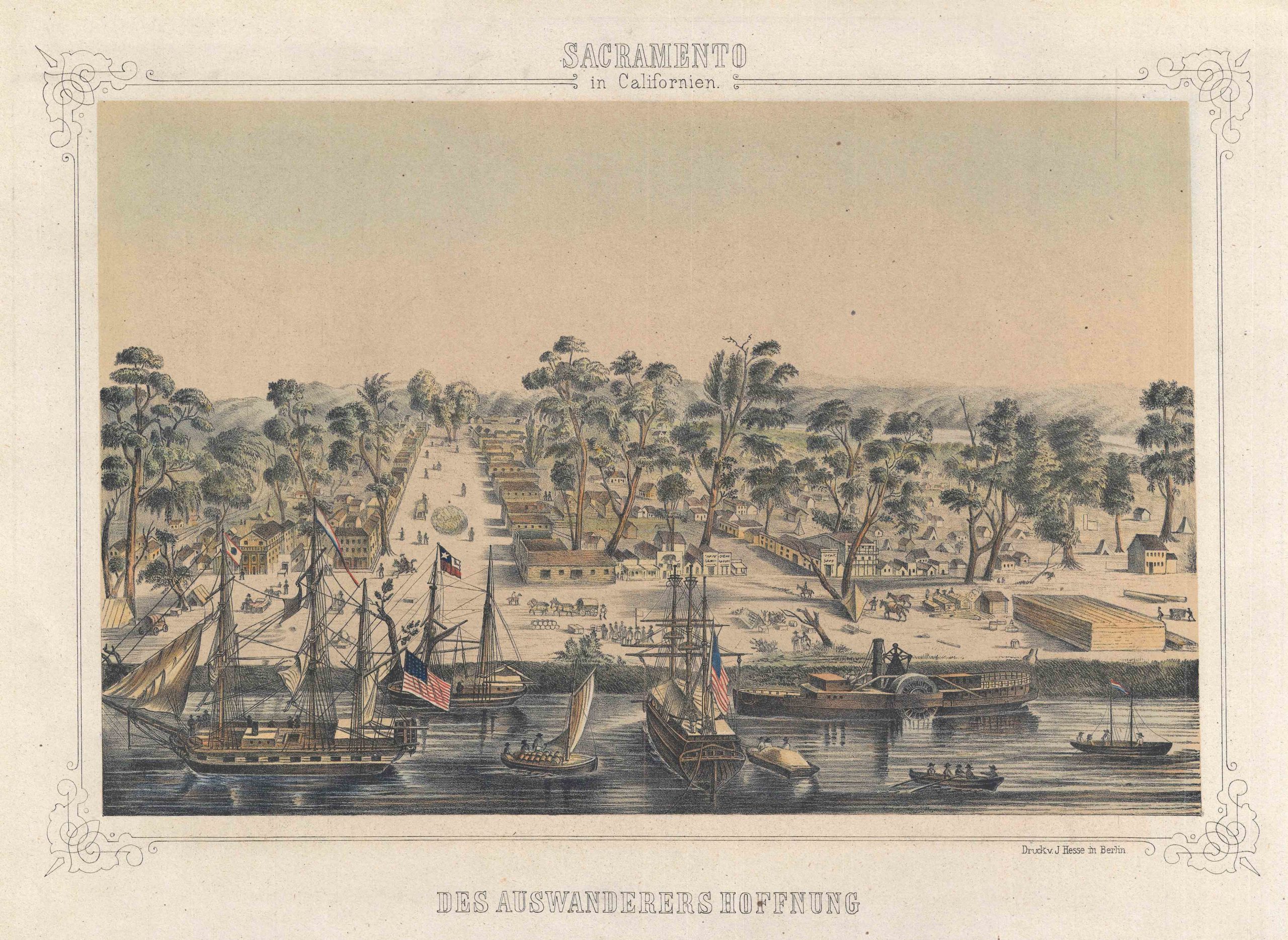
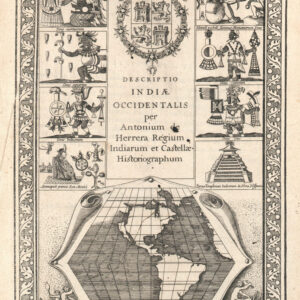
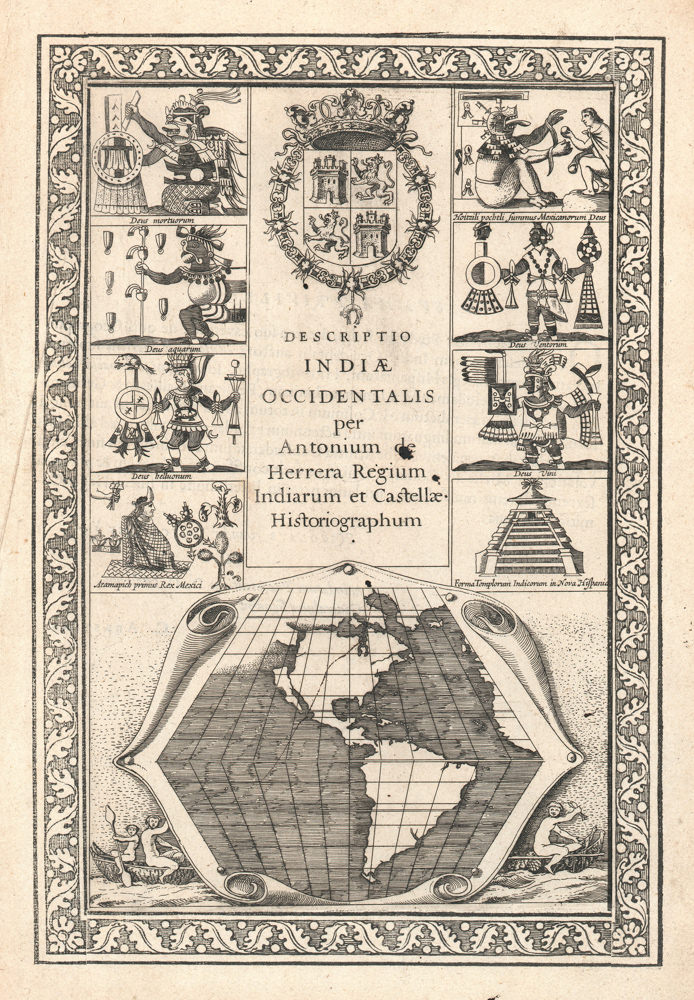
![Flag Map of California [Signed in pencil by W.J. Goodacre]](https://neatlinemaps.com/wp-content/uploads/2022/01/NL-01134_thumbnail-scaled-300x300.jpg)
![Flag Map of California [Signed in pencil by W.J. Goodacre]](https://neatlinemaps.com/wp-content/uploads/2022/01/NL-01134_thumbnail-scaled.jpg)